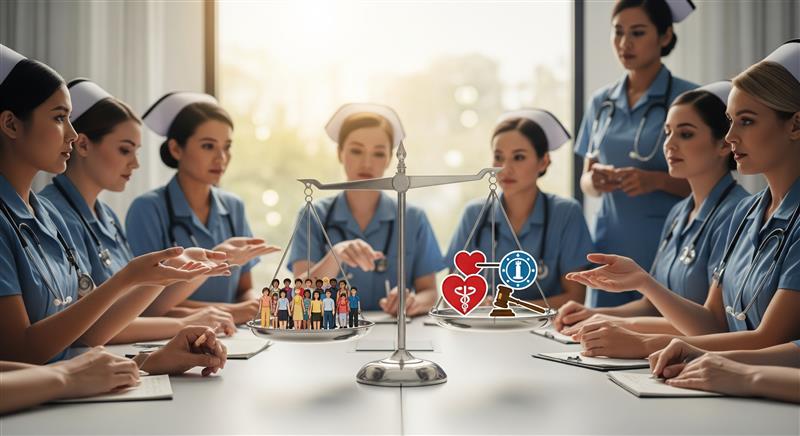- Oak Brook:(630) 705-9999
- Chicago:(312) 920-8822
- Email:inquiry@vervecollege.edu
- Make a Payment
- Home
- Programs
- Admission
- Resources
- ATI Entrance Exam Resources
- New E-Digital Library
- Refer a Friend
- School Newsletter
- Events
- Employers
- Job-Network
- Alpha Beta Kappa Candidates
- Verve College Library
- Graduation and Pinning Ceremony Photo Galleries
- Textbook Information
- Career Services
- Tutoring
- School Catalog
- FAQ
- Constitution Day Program
- Alumni
- Verve College Plans
- Financial Aid
- HEERF Reporting
- Satisfactory Academic Progress
- Apply For Financial Aid
- Net Price Calculator
- Return of Title IV Funds (R2T4)
- Financial Aid Office Code of Conduct
- Contact
- FAQs
- Verification Policy
- Vaccination Policy
- Student Right-to-Know Act
- Misrepresentation
- Information Security Program
- Academic Award Year
- Availability of Employee
- Cost of Attendance
- Health & Safety Exemption Requirement
- Students Rights and Responsibilities
- Leave of Absence
- Pell Formula
- Military Students
- Grants/ Scholarship Policy
- Contact Us
- Testimonials
- Blog
Is a Nursing Career Right For You?
Take The Free Quiz
Knowledge Deficit Nursing Diagnosis: Causes, Signs, and Interventions
Knowledge Deficit Nursing Diagnosis: Causes, Signs, and Interventions
In healthcare, what you don’t know can hurt you. A knowledge deficit nursing diagnosis highlights a critical gap. A patient’s lack of understanding about their condition, medications, or self-care. When patients are in the dark, the risks skyrocket: missed treatments, preventable complications, and unnecessary hospital visits. As an aspiring nurse, enrolling in LPN programs prepares you to bridge these gaps, equipping patients with the knowledge they need to take control of their health.
Why Do Patients Struggle with Health Information?
There’s no single reason why patients struggle to understand their healthcare. It often comes down to a mix of these factors:
- Low health literacy – Medical terms can sound like a foreign language to many patients.
- Language barriers – Non-native speakers may miss critical details in their care instructions.
- Cognitive challenges – Dementia, brain injuries, or mental health issues can make learning difficult.
- Limited access to resources – Some communities lack educational support or medical guidance.
- Fear and anxiety – Stress makes it harder to absorb and retain new information.
A Quick Overview: Knowledge Deficit Nursing Diagnosis
Patients often reveal their confusion in subtle ways. Watch for these red flags:
- Asking the same questions repeatedly
- Struggling with medication schedules
- Showing frustration or uncertainty about their care plan
- Using medical equipment incorrectly
- Avoiding health discussions out of embarrassment
5 Importance of Self-Care for Nursing Students
How Nurses Can Close the Knowledge Gap?
Nurses are the frontline educators in healthcare. These strategies can make learning easier for patients:
1. Pinpoint How the Patient Learns Best
- Some people absorb information through visuals, while others prefer spoken instructions.
- Identify obstacles like language barriers or memory issues early on.
2. Make Instructions Simple and Clear
- Ditch the medical jargon. Speak in plain, everyday language.
- Break down complex topics into easy-to-follow steps.
- Use the teach-back method—ask patients to repeat instructions in their own words.
3. Reinforce Learning with Multimedia and Demonstrations
- Pamphlets, videos, and online tools can help patients review information at their own pace.
- Show, don’t just tell. Demonstrate techniques like insulin injections or wound care.
- Encourage hands-on practice with supervision.
4. Get Family Members Involved
- Educate caregivers so they can reinforce learning at home.
- Provide written guides for easy reference.
5. Follow Up to Make Knowledge Stick
- Schedule follow-up calls or appointments to check progress.
- Offer additional resources if the patient is still struggling.
The Role of Nursing Education in Patient Understanding
Strong communication skills are non-negotiable for nurses. That’s why the best nursing colleges in Illinois focus on patient education as part of their training. When nurses are well-prepared to explain complex medical information clearly, patient outcomes improve.
Final Thoughts
Patient education isn’t just a bonus, it’s a lifesaving skill. Nurses who can explain conditions and treatments clearly help prevent complications, improve compliance, and empower patients to take charge of their health. If you’re ready to take on this vital role, the right training is key. Become a licensed practical nurse and start making a real difference in patient education today.
Bridging knowledge deficits isn’t just about sharing information—it’s about changing lives.
 Sign up
Sign up Login
Login




